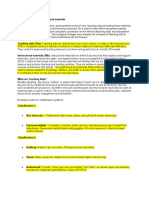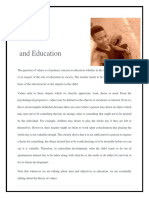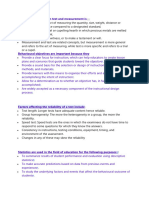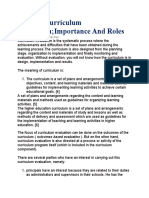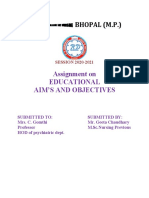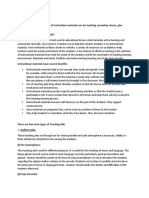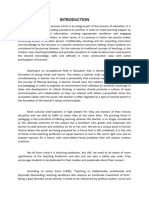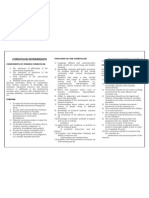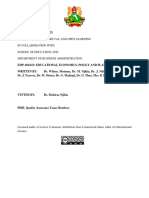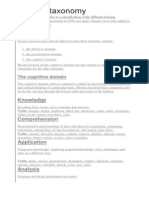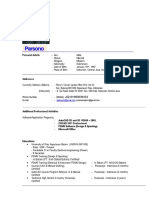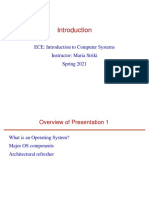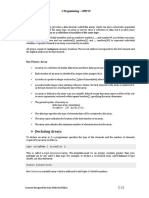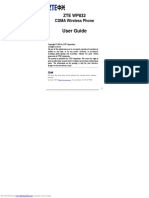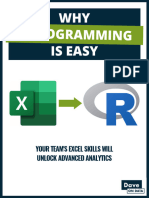100% found this document useful (1 vote)
2K views15 pagesWhat Is Instructional Media?
Instructional media is any means used to convey information to learners for the purpose of achieving a learning objective. It is designed with learners in mind to teach a specific skill and should include measurable learning objectives. Some benefits of instructional media include clarifying messages to facilitate learning, improving attention to motivate learning, and overcoming limitations of senses and time. Common types of instructional media used by teachers include felt boards, illustrations, films, PowerPoint, textbooks, learning resource centers, tape recordings, and the internet.
Uploaded by
Emishaw DemisieCopyright
© © All Rights Reserved
We take content rights seriously. If you suspect this is your content, claim it here.
Available Formats
Download as DOCX, PDF, TXT or read online on Scribd
100% found this document useful (1 vote)
2K views15 pagesWhat Is Instructional Media?
Instructional media is any means used to convey information to learners for the purpose of achieving a learning objective. It is designed with learners in mind to teach a specific skill and should include measurable learning objectives. Some benefits of instructional media include clarifying messages to facilitate learning, improving attention to motivate learning, and overcoming limitations of senses and time. Common types of instructional media used by teachers include felt boards, illustrations, films, PowerPoint, textbooks, learning resource centers, tape recordings, and the internet.
Uploaded by
Emishaw DemisieCopyright
© © All Rights Reserved
We take content rights seriously. If you suspect this is your content, claim it here.
Available Formats
Download as DOCX, PDF, TXT or read online on Scribd
/ 15


